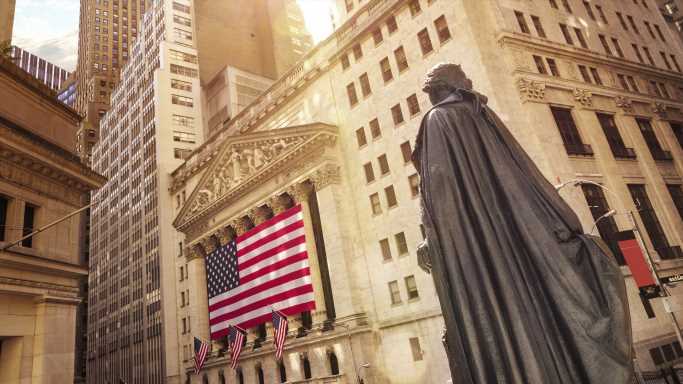US equities saw $9.1 billion in outflows last week, the largest among all major economies, Deutsche Bank data showed. European equities recorded the smallest outflows as they appear less affected by the elevated interest rates compared to their US counterparts.
Europe’s STOXX 600 More than Doubled S&P 500’s Returns in 2023
The US equity market saw the biggest outflows last week of $9.1 billion, according to data by Deutsche Bank. European equities, on the other hand, recorded the weakest outflows among big economies.
The divergence in outflows comes as global stock investors find European markets more appealing than their US counterparts. The US equity investors are struggling to secure strong returns this year as rising interest rates make future profits for US tech companies less valuable.
Data shows that banks accounted for almost 17% of the STOXX 600 index as they benefited more from the tight monetary policy, rising around 20% and heading for their highest most significant gains in almost five years. STOXX 600 is a European stock index tracking 600 large, mid, and small-cap companies in the region.
Conversely, 35% of stocks representing the US S&P 500 index are tech companies, which gained just 9% since the start of the year in the high-interest rate environment. In broad terms, the STOXX 600 rose 8% year-to-date, compared to the S&P 500’s gains of just 3.8%. According to Refinitiv, this marks the strongest STOXX 600’s performance against its US counterpart since 2017.
“In a market that prefers value-style investments in a high interest-rate environment, that clearly works in Europe’s favour.”
– Edward Stanford, head of European equity strategy at HSBC.
JPMorgan strategist Hugh Gimber said the European equity market is well-positioned to maintain its current rally through 2023. The “attractiveness is not only at the index level but also within sectors as well,” he added.
US Equities More Affected by High-Interest Rates
The main factor behind this trend is that elevated interest rates are affecting the US equity market more than its European peer.
Even though the Fed’s first rate increase in 2023 was considerably smaller than those seen last year, the most recent inflation data suggested that the hikes could continue for the time being. Namely, while consumer price index (CPI) print showed that inflation fell for the seventh consecutive month in January, the Fed’s preferred gauge of inflation rose more than expected last month.
As a result, the Fed officials said the bank would raise interest rates above 5%, though it is uncertain how far it will go. The Fed will announce its next rate hike at its upcoming policy meeting on March 21-22.
This article originally appeared on The Tokenist
Sponsored: Find a Qualified Financial Advisor
Finding a qualified financial advisor doesn’t have to be hard. SmartAsset’s free tool matches you with up to 3 fiduciary financial advisors in your area in 5 minutes. Each advisor has been vetted by SmartAsset and is held to a fiduciary standard to act in your best interests. If you’re ready to be matched with local advisors that can help you achieve your financial goals, get started now.
Source: Read Full Article
-
Bank bosses cut loose in a war of words
-
Blast from the past: CBA opens its banking time capsule
-
Q3 Earnings Season Starts With a Bang: Analysts Upgrade or Downgrade Apple, Opendoor, Petrobras and More
-
Bitcoin Devs Discuss Cancelling Ordinals by Changing the Code
-
Here's why bitcoin's drop has investors worried

